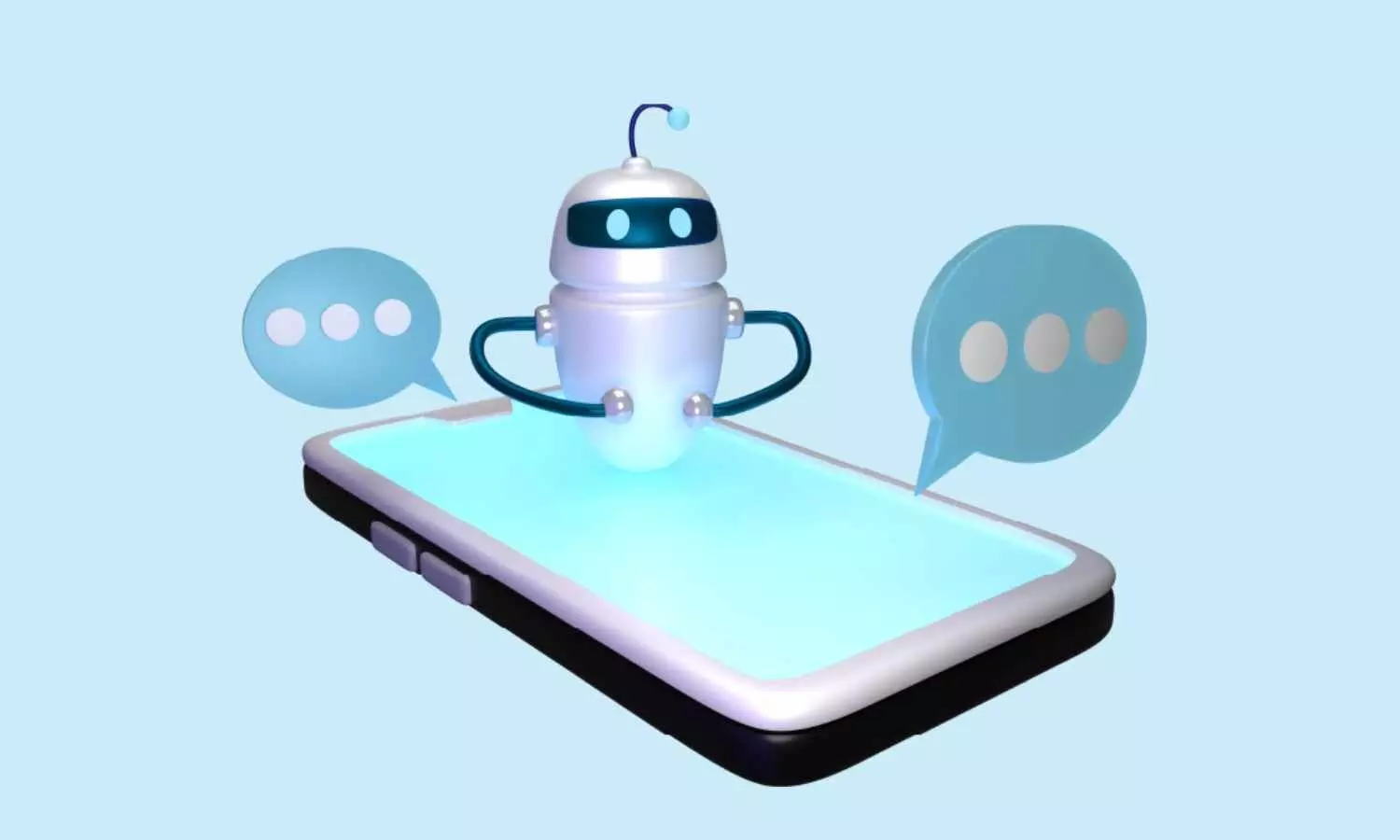The Rise of Conversational AI: Moving Beyond Chatbots in 2025Introduction : In a rapidly transformed digital landscape,Conversational AI has become the backbone of the modern interactions between humans and machines.The rule-based chatbots are not only programmed to answer simple questions but they can also understand context,intentions and even emotions. Conversational - AI is not just about providing answers.
It’s also about delivering experiences. Companies across all industries integrate sophisticated conversations into their workflows to revolutionize customer service, optimize operations, and create more natural user interactions. In this article, we look at the current state of conversational AI, its evolution,real-world impact, and its promising future.

What is a Conversational AI ? Conversational - AI refers to technology that allows you to understand, process and respond to human language in a natural and meaningful manner by the help of machines.This includes a combination of machine learning, natural language processing (NLP), speech recognition, and context recognition. Conversational AI powers with virtual assistants, language interfaces, messaging bots, and other interactive platforms that mimic human-like communication.
Essentially, Conversational AI differs from traditional bots due to its ability to learn from interactions and improve over time.It moves beyond keyword recognition to grasp the nuances of human language—including slang, tone, and intent—making interactions more intuitive and less robotic.Conversational AI Evolution The Conversational-AI journey began with a basic rule-based system that only accommodates specific,pre-programmed inputs.
Chatbots in the early 2000s, such as SmarterChild,were limited to its scope and often provided a frustrating experience.However, advancement in AI and computing power led to more dynamic AI-driven assistants in the 2010s, such as Siri, Alexa ,and Google Assistant. In the early 2020s, Large Language models (LLMs) such as GPT and Bert have brought great leaps in how AI understands and generates language .
These models have enabled richer human interaction and unlocked more subtle possibilities for communication. In 2025,Conversational AI will be fully integrated into multimodal functions, combining text, language, visual input and context-related memory. Over time, these agents can carry conversations, remember their preferences, adapt behavior based on the user's history, and maintain data protection and security standards at the same time.
Conversational AI - Impact on Customer Engagement Today, customers expect fast, personalized, seamless support, and Conversational-AI delivers just that.Intelligent virtual assistants can handle high volumes of inquiries simultaneously, reducing wait times and ensuring 24/7 service availability. Moreover, Conversational AI systems are no longer confined to reactive support.
For example,conversational agents can guide a user through complex banking transactions, or help troubleshoot a device issue using contextual understanding.This leads to higher customer satisfaction, increased loyalty, and measurable improvements in the Key performance indicators (KPIs) such as Net-Promoter-Score (NPS) and CSAT reviews (customer satisfaction). Applications of Conversational AI The applications of conversational AI in 2025 are vast and span across sectors: Retail and e-commerce: Virtual shopping assistants help customers find products, track orders, provide style suggestions and create a more engaging shopping experience.
Healthcare: Conversational AI supports telehealth through mental health support through symptoms trimming, appointment planning and even therapeutic discussion. Banking and Finance: AI-powered chatbot support account management, fraud detection alerts and financial planning, improving user trust and accessibility. Education: AI tutors personalize learning experiences, answer questions in real time, helping students stay up to date with their curriculum.
Human Resources: Conversational-Bots streamline recruiting, onboarding, and employee engagement, making internal processes more efficient. Travel and Hospitality: AI-Concierges manage bookings, give travel tips, and resolve problems across different languages and time zones. Each of these applications benefits from the improved accuracy, empathy and scalability that modern conversational AI offers.
The Future of Conversational-AI The future of Conversational - AI is not just intelligent but also intuitive. As AI systems have become more emotionally intelligent, they’ll be able to detect sentiment, adjust tone, and provide responses that are not only relevant but also empathetic. The integration with augmented reality (AR) and virtual reality (VR) environments will further blur the lines between digital and human interaction, creating immersive, interactive experiences.
Ethical AI design, data protection, and explainability are essential to maintain user’s trust and regulatory compliance.Additionally, multilingual functions and accessibility features ensure that Conversational-AI is inclusive and available to a wide range of populations around the world. As companies continue to invest in digital transformation, Conversational-AI plays a vital role in redefining brands as strategic partners in delivering value, insight and innovation, and not just linked to audiences as service channels.
Conclusion In 2025, conversational AI has moved far beyond the limited chatbots of the past. It has evolved into a dynamic, adaptive technology that is reshaping customer engagement and business operations. By understanding human language, learning continuously, and integrating across channels, conversational AI is unlocking new levels of productivity and personalization.
As we move forward, its influence will only deepen, opening doors to smarter, more empathetic digital interactions that truly feel human..
Technology

The Rise of Conversational AI: Moving Beyond Chatbots in 2025

Discover how conversational AI has evolved beyond chatbots in 2025—reshaping customer engagement, powering intelligent virtual assistants, and revolutionizing industries through natural, intuitive human-machine interactions.















